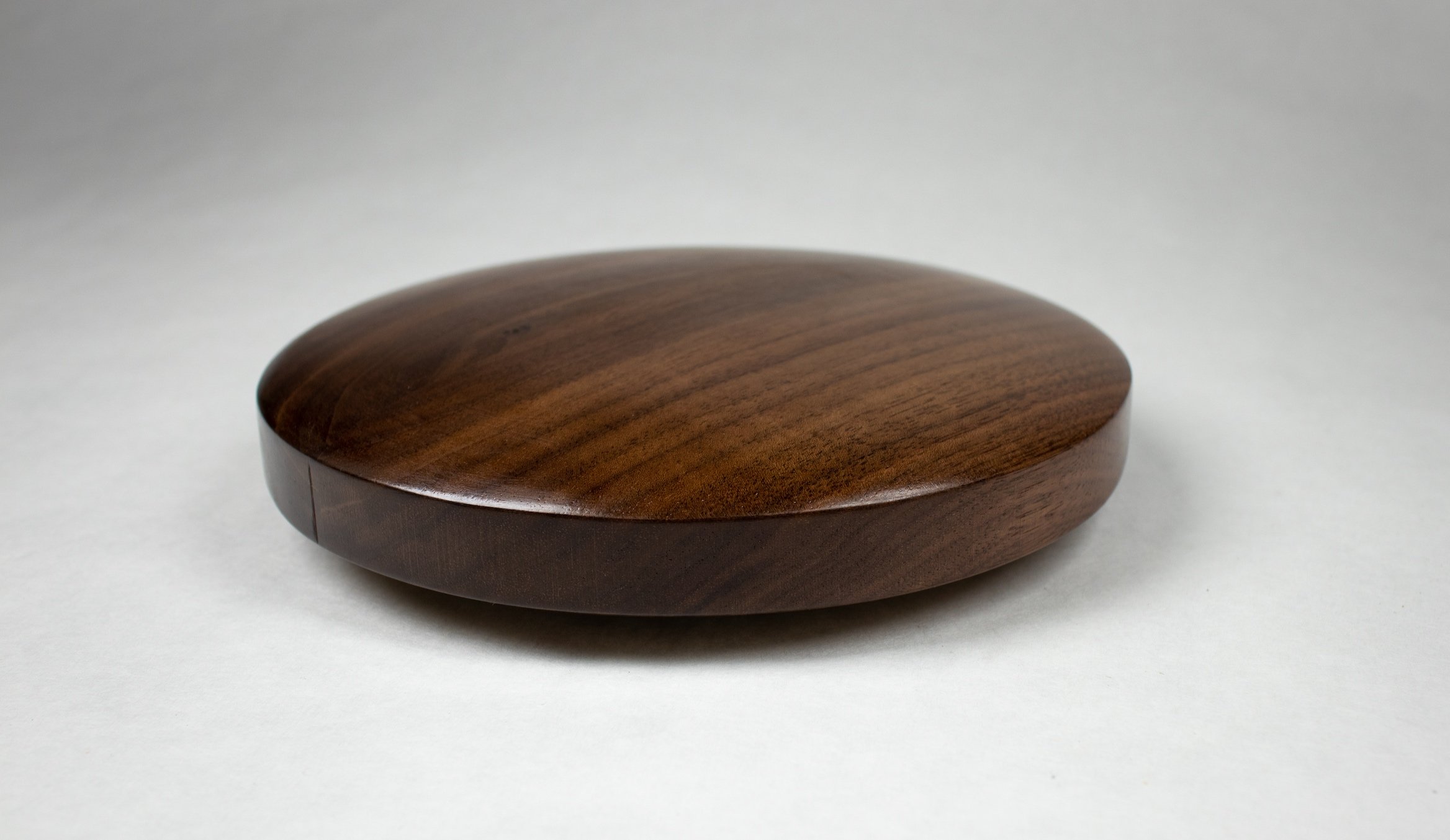Through my woodworking journey, I learned about glue-ups and the importance of taking care of tools, sharpening them with meticulous attention. This trial-and-error learning process taught me the nuances of working with hand tools, such as the hand plane. I discovered that the relationship between the blade and myself was crucial: exerting too much force while trying to shave wood from the block resulted in removing more material than intended.
With practice, patience, and time, it was just like riding a bike. I learned to navigate the subtleties of hand tool usage. Key questions arose during this process:
When is the significant force necessary, and when should I exercise restraint? How do I determine when to resharpen the blade? When I start to see a rough texture along the wood grain. How can I ensure a consistent radius all around? I found that creating a template helped control and visualize the material that needed to be removed. How many coats of finish should I apply? 4 coats. Do I want this disc to be semi-glossy, or very glossy? Glossy. I’m sanding and the disc keeps slipping away from me, what do I do to keep it in place? I made space holders that matched the disc’s curves, securing it in place. I have used sandpaper, but small fibers are sticking up. How do I get rid of the fibers? I discovered that wiping the surface with a damp towel and using steel wool, repeating the process, yielded the best finish.




